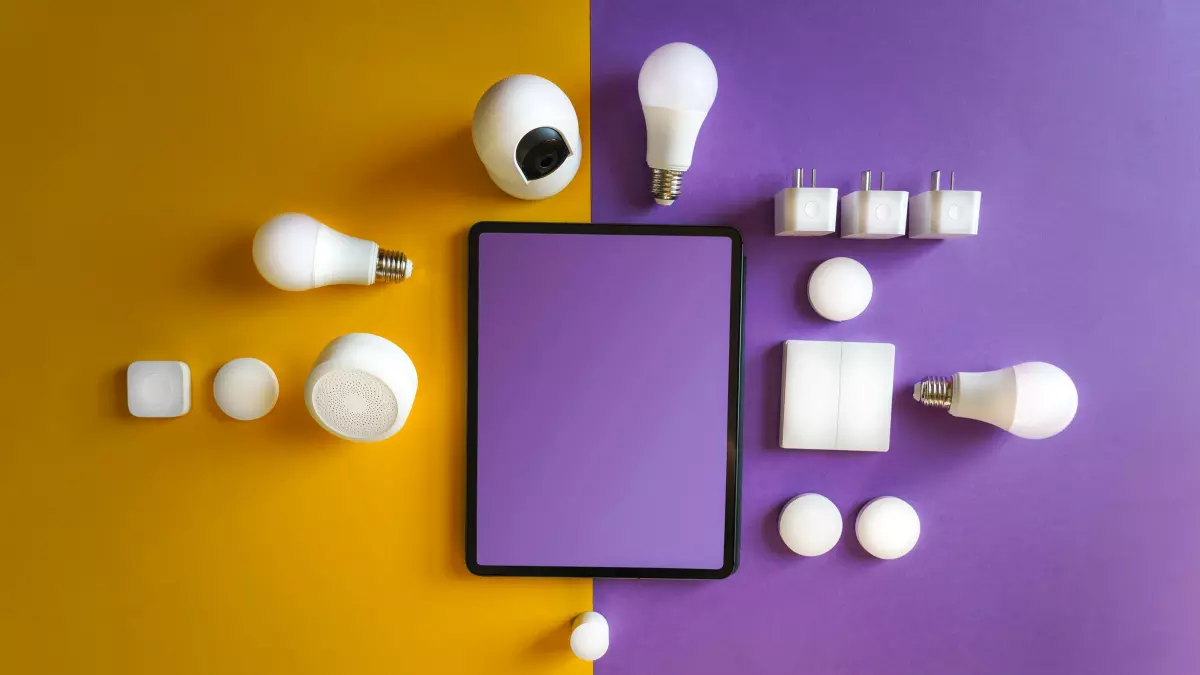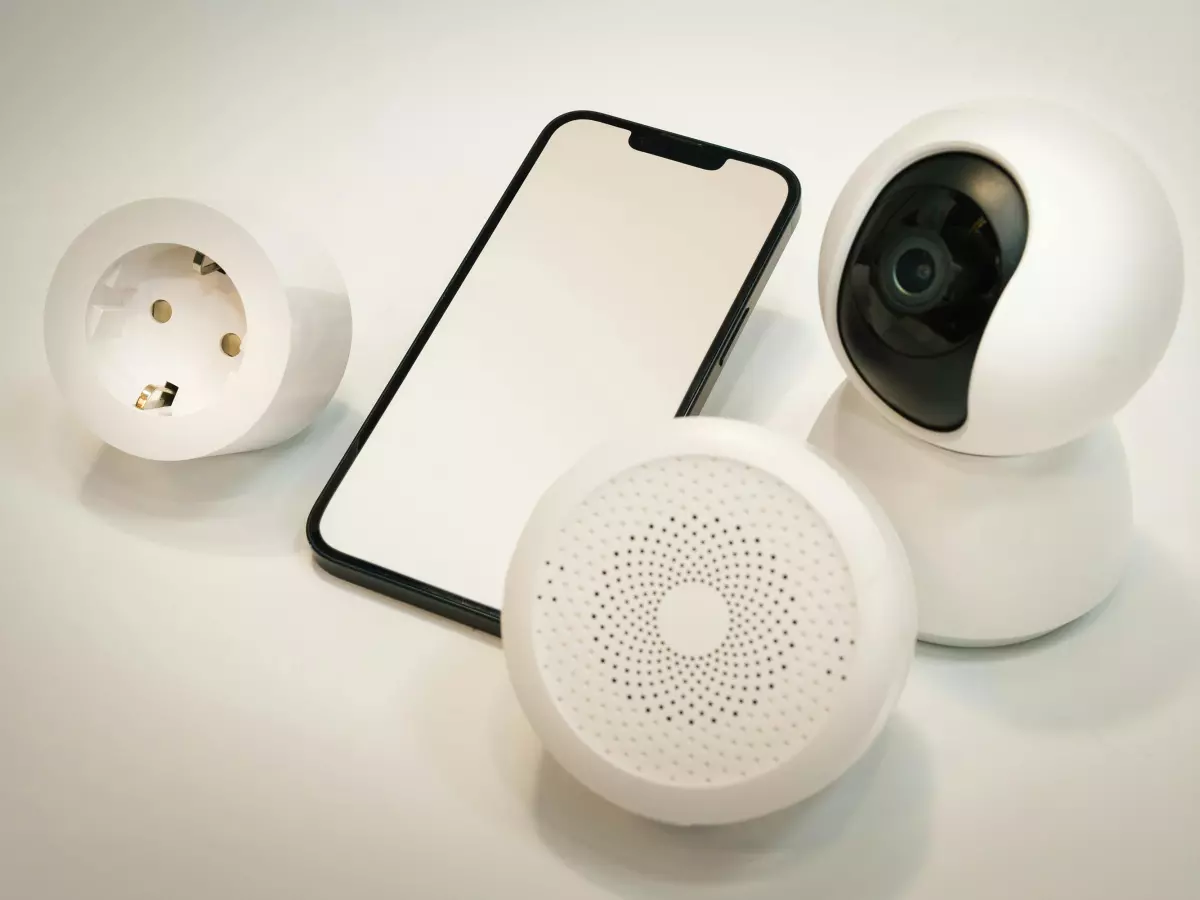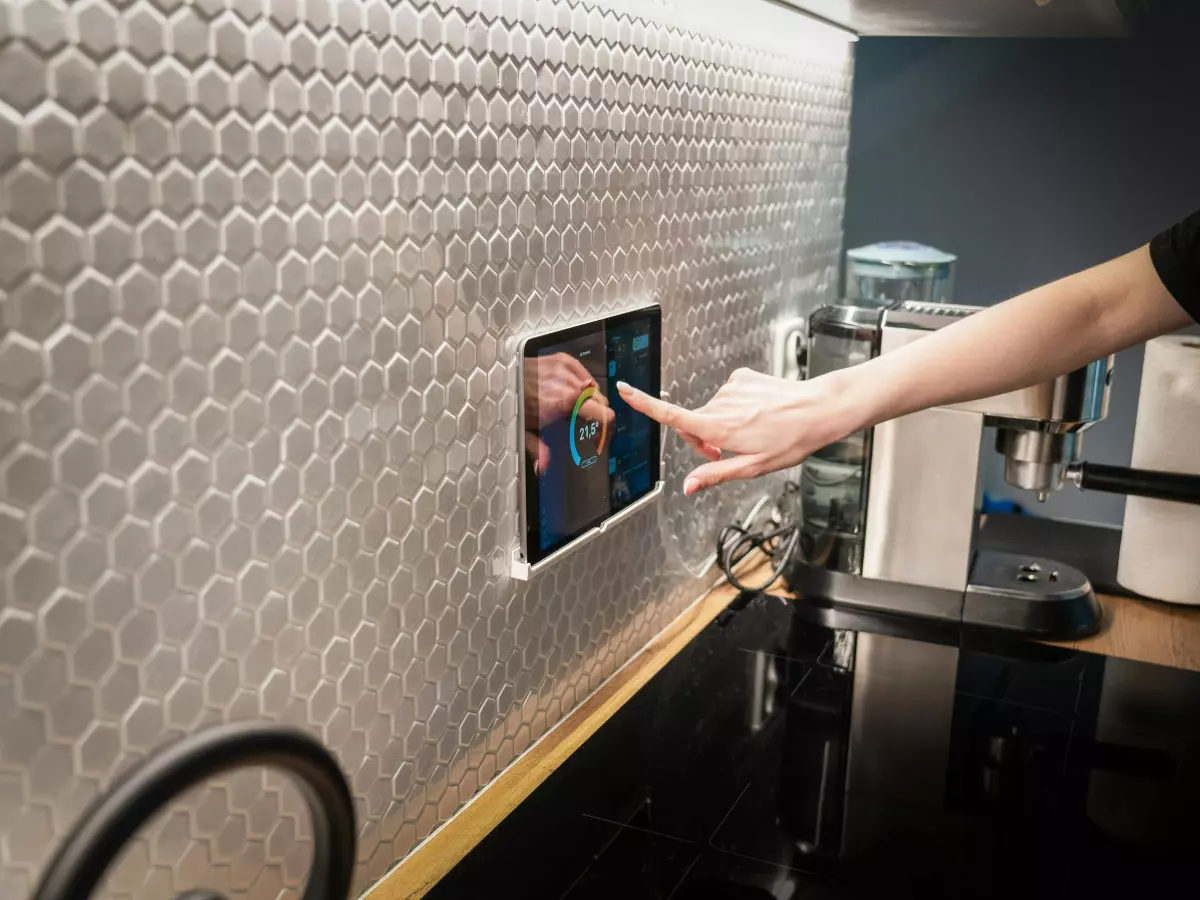Smart Home Harmony
Smart home devices are getting smarter, but how do they handle multiple users without turning your home into a tech battlefield?

By Isabella Ferraro
Picture this: You, your partner, your kids, and even your roommate all have access to the same smart home system. Now imagine the chaos if everyone’s preferences clashed, or worse, if the system couldn’t handle multiple users at all. Sounds like a tech nightmare, right? But here’s the kicker—smart home devices are designed to manage multiple users, and they do it pretty darn well. How? It’s all about protocols, standards, and a little bit of tech magic.
In this article, we’re diving deep into how smart home devices handle multiple users without breaking a sweat. Whether it’s adjusting the thermostat for one person while playing music for another or ensuring that everyone’s privacy is respected, there’s a lot going on behind the scenes. Let’s break it down.
Multi-User Profiles: The Backbone of Smart Home Harmony
One of the most critical features of any smart home system is its ability to create and manage multiple user profiles. Think of it like having different accounts on Netflix—each person gets their own set of preferences, and the system knows who’s who. But unlike Netflix, smart home devices need to do more than just remember what shows you like. They need to control everything from lighting to security, and they need to do it in real-time.
For example, let’s say you’re a night owl, and you like the lights dimmed and the temperature cool. Your partner, on the other hand, prefers a warmer, brighter environment. With multi-user profiles, the system can automatically adjust based on who’s in the room or who’s controlling the app. It’s like having a personal butler for each person in the house.
But here’s where it gets tricky—how do these devices know who’s in control at any given moment? That’s where protocols like Bluetooth Low Energy (BLE) and Wi-Fi come into play. These protocols allow devices to detect and identify users based on their smartphones, wearables, or even voice commands. It’s seamless, and when done right, it feels like magic.
Voice Assistants: The Multi-User MVPs
Let’s talk about voice assistants for a second. Whether you’re team Alexa, Google Assistant, or Siri, these virtual helpers are often the gatekeepers of your smart home. And guess what? They’re pretty good at handling multiple users.
Most modern voice assistants can recognize different voices and assign actions based on who’s speaking. So, if you ask Alexa to play your favorite playlist, she knows it’s you and not your roommate who prefers heavy metal. This is thanks to voice matching technology, which uses machine learning to differentiate between users.
But it’s not just about playing music. Voice assistants can control everything from smart locks to thermostats, and they do it while keeping each user’s preferences in mind. The key here is interoperability—voice assistants need to communicate with a wide range of devices, often using different protocols like Zigbee, Z-Wave, or Thread. This ensures that no matter what brand of smart lock or thermostat you have, your voice assistant can manage it seamlessly.
Privacy and Security: Keeping Things Safe
Okay, so we’ve established that smart home devices can handle multiple users, but what about privacy? After all, you don’t want your roommate accidentally accessing your security camera feed or adjusting your thermostat without permission.
This is where user permissions come into play. Most smart home systems allow you to set different levels of access for each user. For example, you might give your kids access to the lights and the TV but restrict their ability to control the security system. Similarly, your roommate might have full control over the thermostat but no access to your personal devices.
But it’s not just about permissions. Security protocols like encryption and two-factor authentication (2FA) ensure that only authorized users can access the system. And with the rise of biometric authentication (think fingerprint or facial recognition), smart home devices are getting even better at keeping things secure.
Device Interoperability: Making It All Work Together
Here’s the thing—no smart home is made up of devices from just one brand. You’ve got your smart lights from one company, your thermostat from another, and your security system from yet another. So how do all these devices work together, especially when multiple users are involved?
The answer lies in interoperability. Smart home devices use a variety of communication protocols to talk to each other, and the most common ones are Zigbee, Z-Wave, Wi-Fi, and Bluetooth. But here’s the catch—these protocols don’t always play nice with each other. That’s where standards like Matter come in.
Matter is a new smart home standard that aims to unify all these different protocols under one roof. It’s designed to make sure that no matter what brand of device you have, it can communicate with other devices in your home. And when it comes to managing multiple users, Matter ensures that each person’s preferences are respected across all devices.
For example, if you prefer a certain lighting setup when you’re home, Matter can ensure that your smart lights, thermostat, and even your smart blinds all adjust to your preferences, no matter what brand they are. It’s like having a universal translator for your smart home.
The Future of Multi-User Smart Homes
So, what’s next for multi-user smart homes? Well, as artificial intelligence and machine learning continue to evolve, we can expect smart home systems to get even better at predicting and adapting to each user’s preferences. Imagine a home that knows when you’re coming home from work and automatically adjusts the lighting, temperature, and even the music to suit your mood.
We’re also likely to see more advanced user authentication methods, like biometric sensors embedded in smart home devices. This would allow the system to instantly recognize who’s in the room and adjust accordingly, without anyone having to say a word.
In short, the future of smart homes is all about personalization and seamless multi-user experiences. And as protocols like Matter become more widespread, we can expect smart home devices to work together more smoothly than ever before.
So, the next time you’re adjusting your smart thermostat or asking your voice assistant to play your favorite song, take a moment to appreciate the tech wizardry happening behind the scenes. Your smart home is working hard to keep everyone happy—and that’s no small feat.





